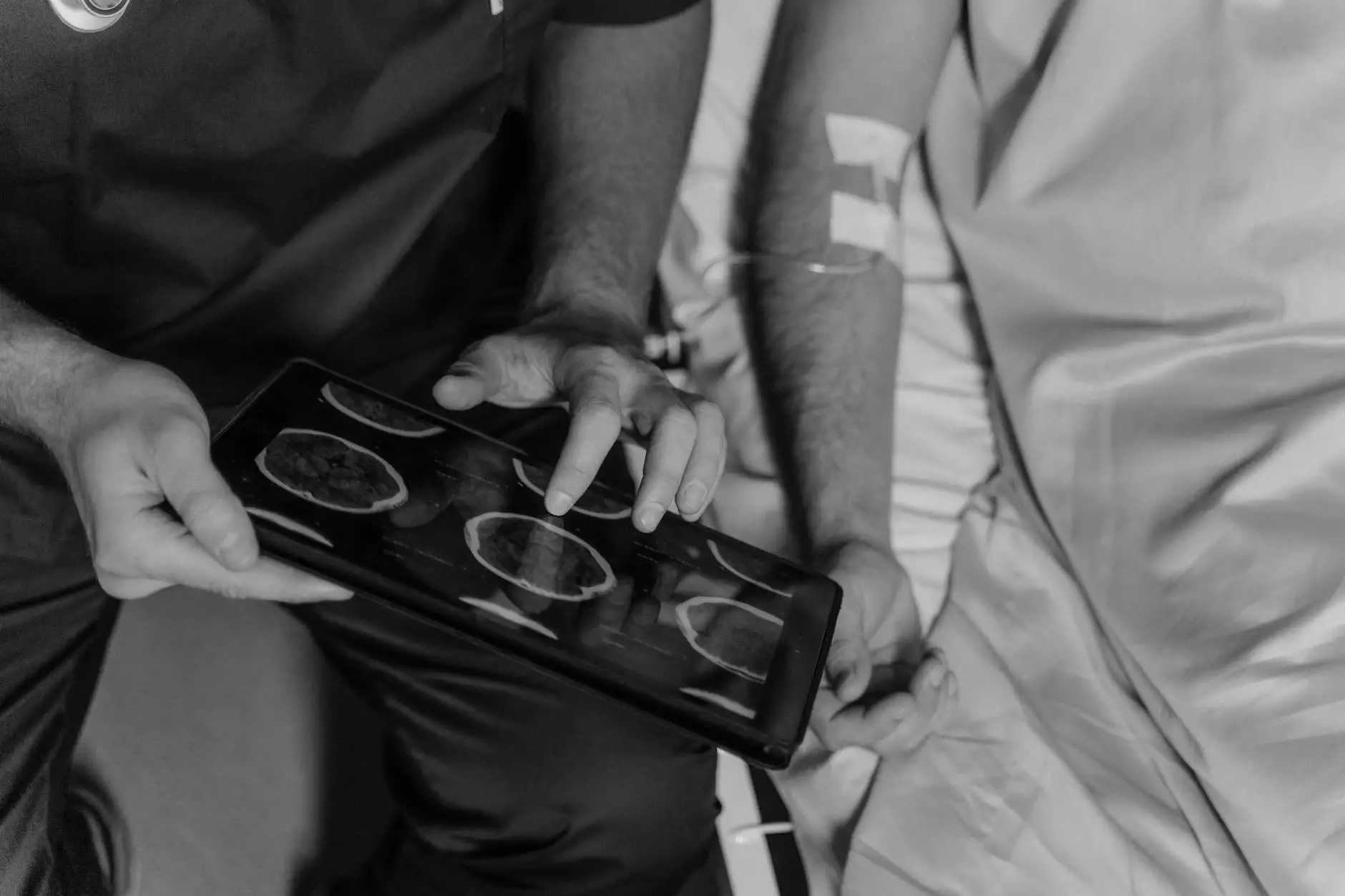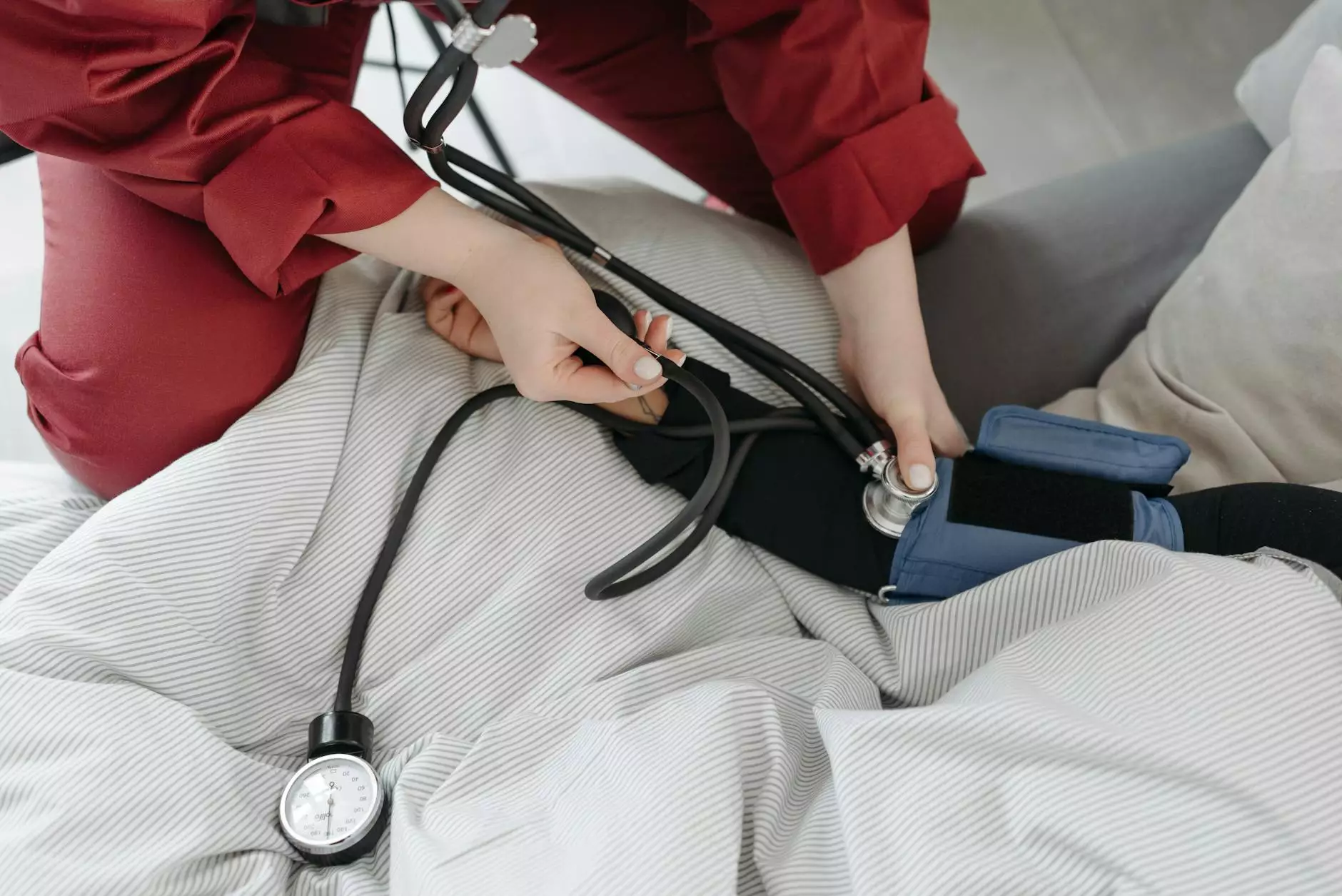CT Scan for Lung Cancer: Understanding the Procedure and Its Importance

When it comes to healthcare, especially in the realm of cancer diagnosis, the significance of advanced imaging techniques cannot be overstated. One of the pivotal methods in diagnosing lung cancer is the CT scan. This article explores the intricacies of CT scans, their role in lung cancer detection, and their importance in the broader context of health and medical care. Our goal is to provide you with comprehensive insight that will empower you to understand the procedure better and aid in making informed decisions.
What is a CT Scan?
A CT scan, or computed tomography scan, is a diagnostic imaging technique that uses computer-processed combinations of multiple X-ray measurements taken from different angles to produce cross-sectional images of specific areas of the body. The CT scan provides more detailed information than traditional X-rays and is particularly useful in identifying abnormalities in the lungs.
Why is a CT Scan Important for Lung Cancer Screening?
The use of CT scans for lung cancer screening has gained momentum, particularly for individuals at high risk of developing this disease. Here are several key reasons why CT scans are essential:
- Early Detection: CT scans can detect lung cancer at an early stage when treatment is most effective.
- Detailed Imaging: They provide detailed images of the lungs, allowing for better evaluation of lung masses or nodules.
- Monitoring Progress: For patients already diagnosed, CT scans assist in monitoring the effectiveness of treatments and checking for recurrence.
- Guiding Treatment Decisions: The information obtained from CT scans can help healthcare providers make informed decisions about the best treatment options available.
The CT Scan Procedure
Understanding the procedure can alleviate many concerns associated with CT scans. Here’s what you can expect during a CT scan for lung cancer:
Preparation for the CT Scan
Before undergoing a CT scan, your healthcare provider may give you specific instructions. Here’s a checklist of what you might need to do:
- Notify your doctor about any allergies, especially to iodine, as some CT scans use contrast material containing iodine.
- If your doctor suggests using contrast dye, you may need to refrain from eating or drinking for a few hours prior to the scan.
- Wear comfortable clothing and avoid jewelry, particularly around the chest area.
During the Scan
The actual scanning process is quick, usually lasting only a few minutes. Here’s a detailed description of what happens:
- You will lie down on a motorized table that will slide into the CT scanner.
- The technician will operate the scanner from another room, but you will be able to communicate with them throughout the procedure.
- As the scan begins, you may be instructed to hold your breath briefly. This helps reduce motion artifacts in the images.
- After the scan, you can resume your normal activities immediately.
Interpreting CT Scan Results
Once the CT scan for lung cancer is completed, a radiologist will analyze the images and prepare a report. Here’s how the results are interpreted:
- Normal Results: If there are no anomalies, the report will indicate normal lung health.
- Abnormal Results: If abnormal growths or nodules are detected, further evaluation might be necessary, which could include biopsies or additional imaging techniques.
- Follow-Up: Depending on the findings, follow-up scans may be scheduled to monitor any changes over time.
Benefits of CT Scans in Lung Cancer Management
CT scans are not just vital for initial detection; they play a crucial role throughout the journey of lung cancer management. The benefits include:
- Personalized Treatment Plans: The detailed imaging helps oncologists tailor treatments to the specific characteristics of the tumor.
- Assessment of Treatment Response: Follow-up scans help determine the effectiveness of treatments like chemotherapy or radiation therapy.
- Detecting Metastasis: CT scans can reveal if cancer has spread to other parts of the body, which is vital for staging the disease.
- Guidance for Surgical Procedures: Surgeons can utilize CT scans for precise planning and execution of lung surgeries.
Risks Associated with CT Scans
While CT scans are incredibly beneficial, it is important to consider the associated risks:
- Radiation Exposure: CT scans expose patients to higher doses of radiation compared to conventional X-rays, though the risk is generally outweighed by the benefits in high-risk patients.
- Contrast Reactions: Some individuals may experience allergic reactions to the contrast dye used in certain scans.
Conclusion: The Transformative Impact of CT Scans in Lung Cancer Diagnosis
In conclusion, the CT scan for lung cancer is a transformative tool that plays a pivotal role in early detection, diagnosis, and ongoing management of lung cancer. Understanding this imaging technique can empower patients to make informed health decisions, ensuring that they receive the best possible care. As the landscape of health and medical treatment continues to evolve, CT scans reshape how we view lung health and cancer management.
Contact Us for More Information
If you have further inquiries about CT scans or other methods of sports medicine and physical therapy, we invite you to reach out to us at Hello Physio. Our team is dedicated to ensuring your health and well-being.
© 2023 Hello Physio. All rights reserved.









